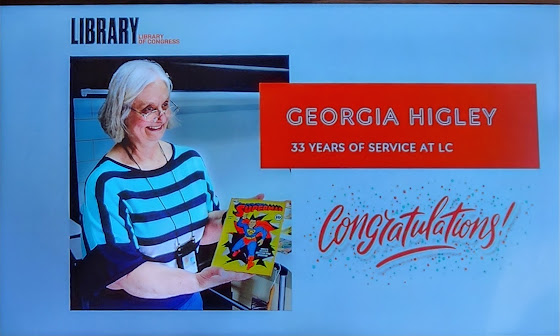Reviewed by Cord A. Scott, UMGC-Okinawa
Kathy Merlock Jackson, Carl H. Sederholm, and Mark I. West (eds.). Forgotten Disney: Essays on the Lesser-Known Productions. McFarland Publishing, 2023. $49.95. https://mcfarlandbooks.com/product/forgotten-disney/
By the early 21st century, Disney became a dominant media force in many regards, controlling the rights to Star Wars, the Marvel Comics, Pixar, and the traditional Disney IP, as well as various amusement parks and broadcast stations that span the globe. While Disney has always had controversial aspects, it has usually been considered a successful and well-run company. But there have also been some lesser-known aspects of collaborations and projects that have not fared as well. The essays in this book offer an insight into the “House of Mouse” and how it has not always had the “Midas touch.” As noted in the introduction to the book, the editors pointed out that some of the projects were never meant to last, while others morphed from their original form into something else. In all, the twenty-two essays offer glimpses into the Disney realm, and are at times, surprising.
The essays cover specific, chronological projects and times in the career of both Walt Disney, as well as the corporation after his passing in 1966. The first essay focuses on Walt’s last directorial attempt, with The Golden Touch, a 1935 short animated adaptation of the King Midas story. As with so many fairy tales, this adaptation had promise, but did not have the lasting effect that other original works such as Steamboat Willie had. The story is a morality tale, much like the reality of wealthy Americans at a time in the 1930s, when most average were suffering from deleterious effects of the Great Depression. While Disney tried to rail against the elites of America, the overall story simply did not hold the attention of the general public. The author argues the failure of The Golden Touch served as a lesson learned for Snow White when it was produced later that year.
Other essays discuss not only the attempted adaptations of Alice in Wonderland, but also the works of Frank Baum and the Wizard of Oz series of books. While the first book was made into short cartoons before the major release of the Disney adaptation in 1951, the idea of the “plausible impossible” was introduced in the 1939 cartoon Thru the Mirror, and the concept became a feature of the Disney films. For Baum’s Oz, the opportunity came in the late 1950s when Disney was able to purchase the rights to all of the books. The project never really came to fruition however, but the legacy of how Disney wanted many popular books or fairy tales adapted into his realm was written into the company’s DNA.
Many of the authors write on a now lesser-known aspect of Disney: the live movies, as opposed to the staple animated features which have been associated with the company since the successes of the 1980s. From the live adaptation of Jules Verne’s 20,000 Leagues under the Sea to the movie Tonka (a Sal Mineo film centered on a horse that was a witness to the battle of the Little Big Horn), the authors look at how these films often carried a far more expansive view of Walt Disney and his approach to storytelling. Even when the movies are (rightly) criticized for casting Anglo actors in minority roles, the overall theme Disney was trying to attain was that of tolerance.
With the book arranged in a chronological timeline of the “forgotten” films, and the first half is about the time Walt Disney directly oversaw the creative process in some form or another. For the last hundred pages, the essays center on the move forward after Walt’s death in 1966. The book also goes associated spinoff ideas such as Disneyland, Disney World, EPCOT, and overseas ventures.
Some of the information gleaned from the book was interesting, as seemingly odd for Disney as we know it in the 2020s: collaboration with Salvador Dali on Destino, a movie that was started in the 1940s but not released until 2003; the war films which had a shelf life of World War II, yest still offer insight into propaganda films made by the major studios in an era before television or the internet; association with seemingly ill-fitting Hollywood stars as Bette Davis and Bette Midler; and the adult-themed live-action films produced by a Disney owned and controlled company, Miramax films.
The book allows the non-Disney expert a look at some of the lesser-known projects and how they served as a “here’s what NOT to do for next time”, such as the case of The Golden Touch or the lesser-known Oz works. It also links together aspects of Walt Disney’s mindset about a return to values prized in more rural communities, and a connection to farming and nature that was being pushed aside, even by Disney, in areas where theme parks were situated. Disney’s natural and successful progression into comic book publishing was also noted, despite the company’s current disinterest. The final aspects of the book discuss the preservation of defunct Disney attractions and their appeal to fans.
One area that is ripe for future discussion is the corporation’s acquisition of Marvel and Star Wars characters and stories, and how that has already altered the entertainment industry, as well as stories Mickey Mouse entering the public domain. In total, the book offers a revealing look into Disney’s output, and does give a reader a starting point to delve into aspects of their lesser-known projects, which puts their successes into a wider context.
















